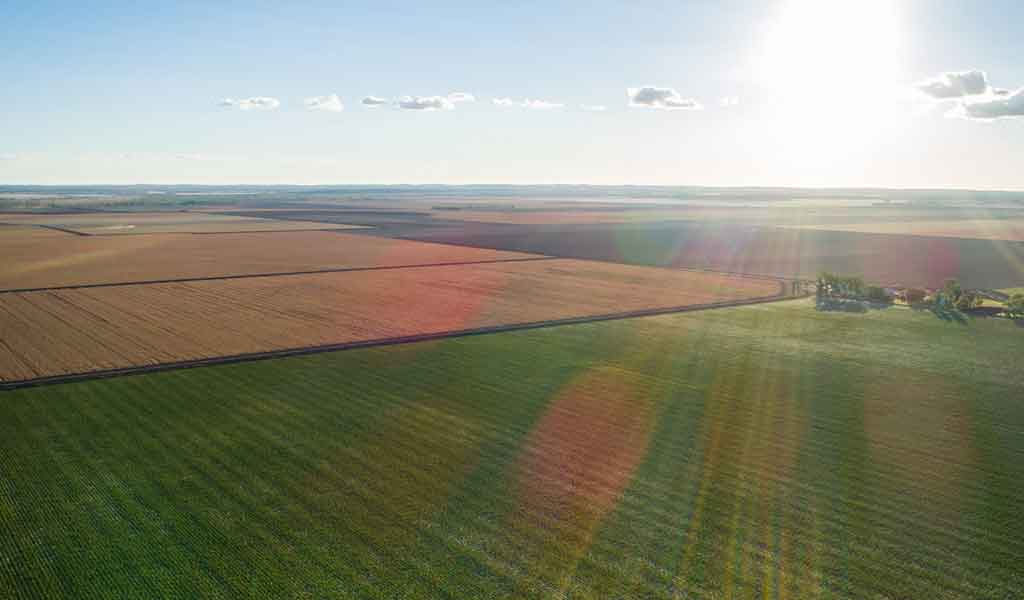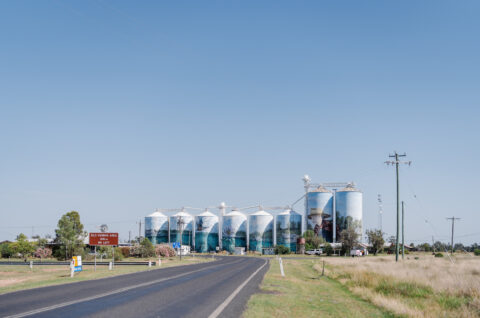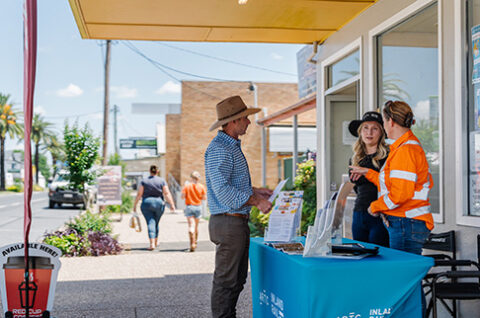We acknowledge flooding and geomorphology are key areas of interest for communities along Inland Rail’s NSW/Qld Border to Gowrie section.
We’ve undertaken extensive flood modelling along the proposed alignment in consultation with landowners and technical experts. We are committed to ensuring the design, construction, and operation of this section of Inland Rail does not adversely affect flood behaviour or the surrounding environment.
Our approach to flood impact modelling
The NSW/Qld Border to Gowrie section crosses several watercourses and floodplains. We have completed detailed hydrological and geomorphological assessments of these areas which align with national guidelines and industry best practice.
Since 2016, we have used evidence from landowners, including photographs of historic flood events and recent flood event modelling data from councils and government agencies to inform our flood impact modelling. This supports our aim to minimise the impact that construction and operations may have on flood behaviour, affecting impacted landowners and nearby communities.
Our flood models have been peer reviewed and updated based on feedback. These models have also been confirmed as fit-for-purpose by the Independent International Panel of Experts for Flood Studies (the Panel), an independent panel established by the Australian Government and Queensland Government to review flood modelling and designs for Inland Rail in Queensland.
The Panel’s recommendations have been accepted and incorporated into the NSW/Qld Border to Gowrie section’s revised draft Environmental Impact Statement (EIS) and will be included in future stages of design.

How will design initiatives mitigate and minimise flood impacts?
We are developing mitigation measures applicable to future design and construction to address remaining flooding and geomorphology impacts.
Ongoing design development may include where appropriate additional culverts, bridges and scour protection, aimed at eliminating and reducing flooding impacts. These measures have been raised in consultation with affected landowners and suitably qualified and experienced specialists.
As we refine the design of Inland Rail, we carry out various environmental and technical studies, and community and stakeholder engagement.
To address concerns around the dispersive nature of soils in floodplains, our designs include scour and erosion protection measures around culvert headwalls, drainage discharge pathways and bridge abutments.
Future design phases will focus on maintaining water flow paths and minimising impacts on people, property, infrastructure, and the environment.
We will work closely with impacted landowners during this period to ensure property-specific details are understood and inform preferred design solutions wherever possible.
We will also continue gathering local flood event data from landowners and councils so we can refine our modelling and detailed designs. This part of our commitment to deliver safe and resilient Inland Rail infrastructure.

Crossing the Condamine floodplain
Since the release of the Condamine floodplain model and proposed crossing design in late 2018, we have consulted with landowners and stakeholders to update the flood model and crossing design.
Condamine Flood Model
The flood model has been expanded to include additional local flow paths within the Back Creek catchment and has been validated against the 2013 flood event.
Since 2018, we have:
- conducted further tests to determine how inflows from local creeks may impact water levels and velocities in a rare flood event
- improved our flood frequency analysis using additional data from the Warwick and Cecil Weir stream gauges
- gathered anecdotal data of historic flood events prior to 1921.
While this work has improved our understanding, importantly it has not resulted in any significant changes to the overall floodplain model or required us to make considerable updates to the crossing design.

Crossing design
Local community feedback has informed the proposed Condamine floodplain crossing design, which remains within the existing rail corridor. It includes:
- building six bridges (6.1km total bridge length)
- constructing approximately 500 culverts (900mm – 2.1m in diameter)
- extending the proposed bridge over the North Branch of the Condamine River by approximately 250m north
- moving the proposed Yandilla rail bridge further south and combining with the proposed Grasstree Creek bridge
- increasing the number of proposed culverts near the Yandilla grain silos to ensure the drainage channel to the south of the silos has enough culverts to convey flood water.
The proposed design for the Condamine floodplain crossing is subject to assessment as part of the NSW/Qld Border to Gowrie section’s revised draft Environmental Impact Statement process and may change because of conditions of approval, further investigations, or detailed design.

Talk to the Inland Rail team
If you would like to contact Inland Rail’s NSW/Qld Border to Gowrie team, you can either call, send an email or visit one of our offices. We also hold regular events across the region, and you’re welcome to subscribe to our enewsletter.
| Phone | 1800 732 761 during business hours or leave a message and we'll get back to you. |
| inlandrailqld@inlandrail.com.au | |
| Inland Rail Pty Ltd, PO Box 3093, Toowoomba, QLD 4350 | |
| Visit us at these locations: | |
| Toowoomba | 143-145 Margaret Street, Monday to Friday, 8.30am-4.30pm |
| Goondiwindi | 28 Marshall Street, Monday, Wednesday, Friday, 10am-2pm |
Alternatively, you can fill out the below form, and request a team member to contact you:



